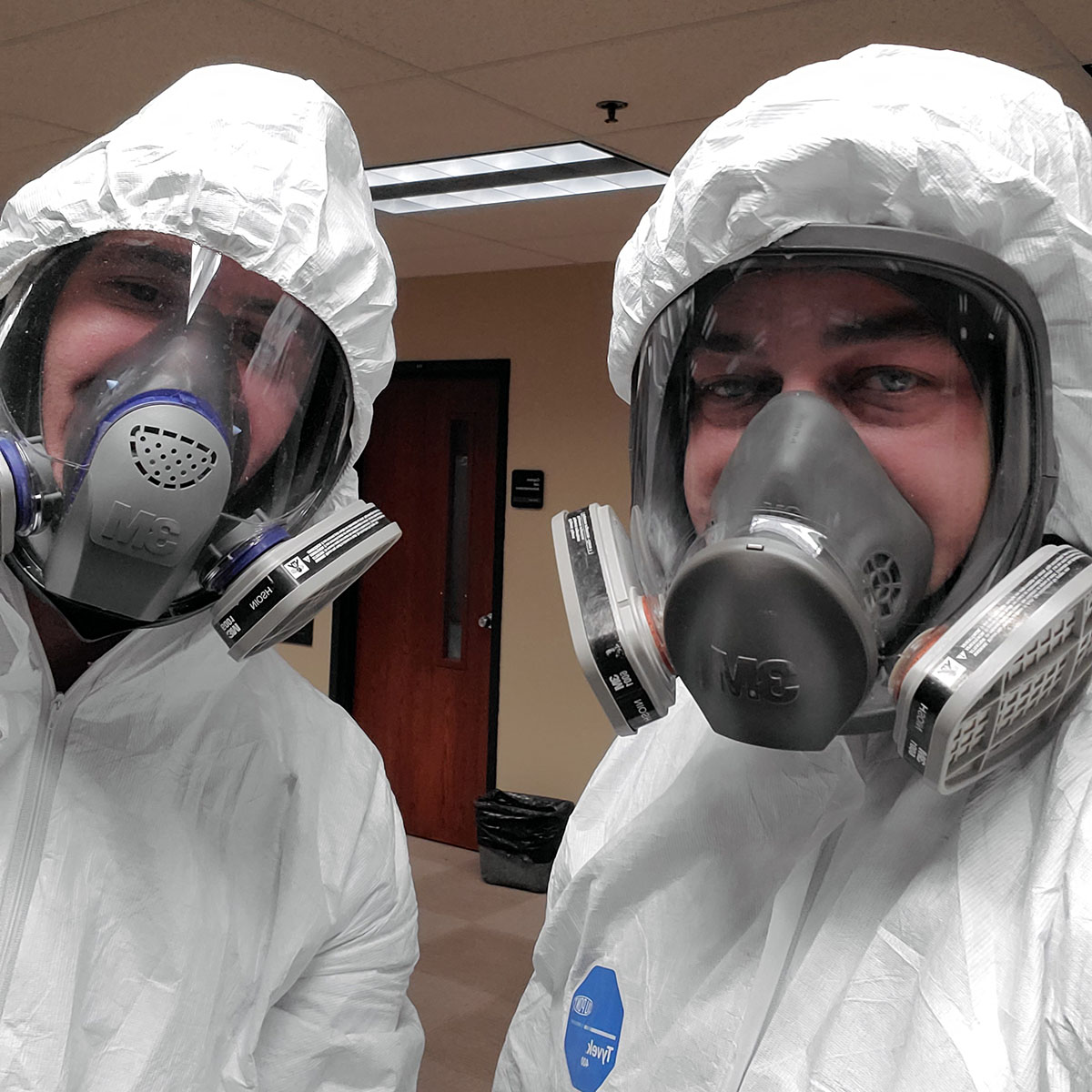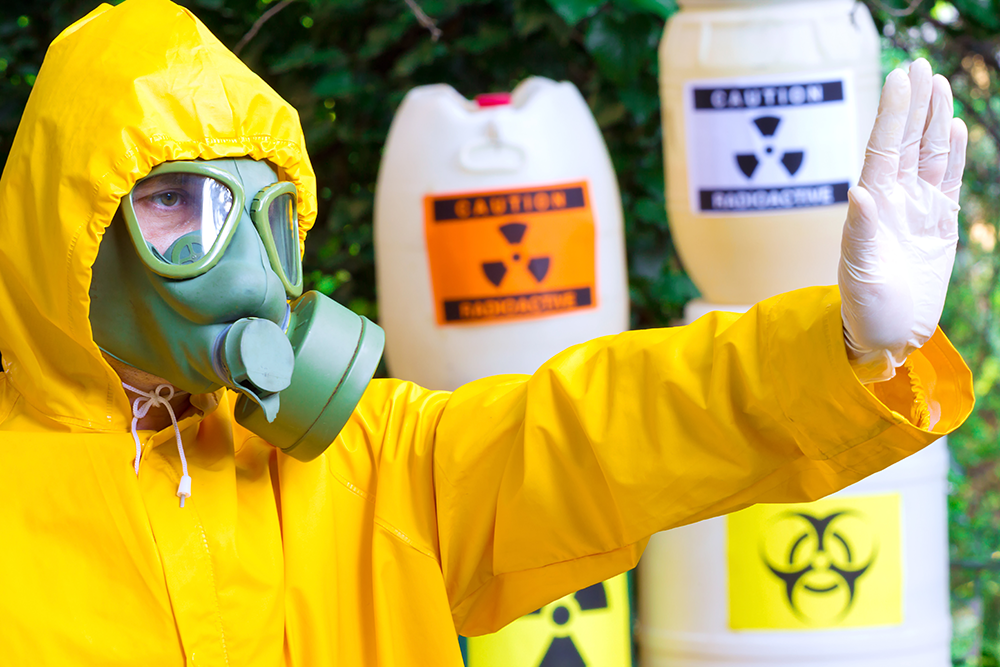Expert Homicide and Suicide Cleanup: Compassionate and Discreet Solutions
Expert Homicide and Suicide Cleanup: Compassionate and Discreet Solutions
Blog Article
Expert Biohazard Cleaning and Purification for Blood, Bodily Fluids, and Hazardous Materials
The potential health risks associated with direct exposure to biohazards emphasize the critical need for precise handling and thorough cleanup. As we navigate the elaborate landscape of biohazard cleaning, recognizing the subtleties of laws, conformity, and the customized devices at play becomes important in making certain a detailed and secure decontamination procedure.
Wellness Risks of Biohazard Exposure
Exposure to biohazards presents significant wellness threats that can result in serious effects for people and communities alike. Biohazards encompass a large range of organic materials, consisting of blood, physical fluids, mold, bacteria, infections, and other potentially contagious products. When individuals enter into call with these biohazards, whether through mishaps, improper handling, or environmental exposure, they face the danger of having major diseases or illness.
One of the key health dangers related to biohazard exposure is the transmission of infectious conditions. Bloodborne microorganisms such as HIV, hepatitis B and C, and numerous microorganisms can be present in biohazardous products, posing a direct danger to human health. Inhaling air-borne biohazards like mold spores or coming right into contact with contaminated surface areas can additionally cause respiratory system concerns, allergies, and various other damaging health results.
Moreover, biohazard exposure can have lasting health effects, with some diseases materializing years after the first get in touch with (Blood Cleanup). For that reason, it is essential to prioritize correct biohazard cleaning and decontamination to minimize these health threats and make certain the safety of people and areas

Specialized Training for Biohazard Cleanup
When it involves managing biohazard cleaning successfully and securely, specialized training plays an essential role in ensuring proper decontamination treatments are complied with. Biohazard cleanup calls for specific knowledge and abilities to successfully alleviate risks related to bloodborne microorganisms, bodily fluids, and hazardous products. Specialists trained in biohazard clean-up go through extensive direction on how to securely take care of, get rid of, and take care of biohazardous materials to stop contamination and direct exposure.
Specialized training for biohazard cleanup covers a variety of important subjects, including appropriate individual safety tools (PPE) usage, bloodborne microorganism understanding, purification strategies, and contaminated materials disposal procedures. Individuals educated in biohazard clean-up are furnished with the essential expertise to analyze contamination levels, identify potential threats, and carry out proper clean-up procedures in conformity with regulatory criteria.
Continuous training and education and learning are extremely important in the area of biohazard cleanup to stay upgraded on the most recent decontamination innovations, safety and security protocols, and guidelines. By purchasing specialized training, biohazard clean-up experts can properly reply to emergency cleaning situations and protect both public health and wellness and the atmosphere.
Importance of Appropriate Purification Strategies
Making use of appropriate decontamination methods is vital in biohazard cleaning to properly eliminate dangerous products and minimize health risks. Efficient decontamination not only makes sure the removal of noticeable traces of blood, bodily liquids, and various other biohazards but additionally targets unnoticeable virus that might posture significant wellness threats otherwise correctly eliminated. By following rigid decontamination protocols, trained experts can substantially lower the threat of direct exposure to dangerous microbes, infections, and microorganisms that can lead to infections or diseases.
Correct decontamination methods include making use of customized equipment and anti-bacterials that are particularly created to counteract biohazards properly. Detailed cleaning and sanitation of infected areas are vital to stop the spread of virus and ensure a secure environment for owners. Additionally, the proper disposal of biohazardous waste following decontamination treatments is crucial in protecting against contamination of other surface areas or people.

Equipment and Tools for Safe Cleaning
When dealing with blood, physical fluids, or harmful products, biohazard cleansing specialists count on specialized equipment to decrease direct exposure risks and extensively sanitize the afflicted location. Additionally, biohazard cleaning kits having anti-bacterials, absorptive materials, and biohazard bags are made use of to safely dispose and consist of of infected items.
Advanced cleaning devices like hospital-grade disinfectants, HEPA-filtered vacuum cleaners, and misting machines are utilized to sanitize surface areas and get rid of biohazards properly. Specialized devices such as sharps containers and biohazard garbage disposal containers are made use of to safely manage sharp items and biohazardous waste products. By using the right devices and tools, biohazard cleaning professionals can guarantee a detailed cleanup procedure that prioritizes safety and decreases health and wellness dangers for both employees and passengers of the damaged space.
Rules and Compliance in Biohazard Cleaning
Appropriate adherence to laws and conformity standards is critical in biohazard cleansing to guarantee the safety of both personnel and the setting. Government firms such as OSHA (Occupational her latest blog Safety and Wellness Management) and the EPA (Environmental Security Agency) have established particular standards for biohazard clean-up treatments to reduce health and wellness threats and ecological contamination. These guidelines cover a variety of elements consisting of the handling, transport, and disposal of biohazardous materials, as well as the necessary training and protective equipment required for employees included in the clean-up procedure.
Biohazard cleansing firms have to remain updated with these regulations to assure that their operations meet the called for security criteria. Failing to conform with these laws can lead to extreme repercussions, consisting of penalties, lawsuit, and endangering the wellness of people and the environment. By complying with strict laws and conformity measures, biohazard cleaning firms can efficiently alleviate threats and guarantee why not look here a risk-free and complete cleanup process for all events entailed.
Verdict
Finally, biohazard cleansing and decontamination call for specialized training, appropriate techniques, and adherence to guidelines. Direct exposure to blood, bodily fluids, and dangerous materials presents considerable health and wellness risks, making it critical to make use of the best devices and tools for safe cleanup. By adhering to rigorous methods and standards, professionals can effectively minimize the threats associated with biohazard direct exposure and guarantee the safety and security of both themselves and others.
As we navigate the intricate landscape of biohazard clean-up, recognizing the nuances of laws, conformity, and the specific devices at play comes to be critical in ensuring a complete and secure decontamination process. (Blood Cleanup)
When it comes to dealing with biohazard clean-up efficiently and safely, specialized training plays a fundamental duty in guaranteeing correct purification procedures are complied with.Using appropriate decontamination techniques is critical in biohazard cleanup to effectively minimize and get rid of harmful products health and wellness threats. Additionally, biohazard cleansing sets having anti-bacterials, absorptive products, and biohazard bags are used to safely have and get rid of of polluted products.
Federal government agencies such as OSHA (Occupational Safety And Security and Health Administration) and the special info EPA (Environmental Defense Company) have actually established specific standards for biohazard clean-up treatments to decrease health and wellness dangers and ecological contamination.
Report this page